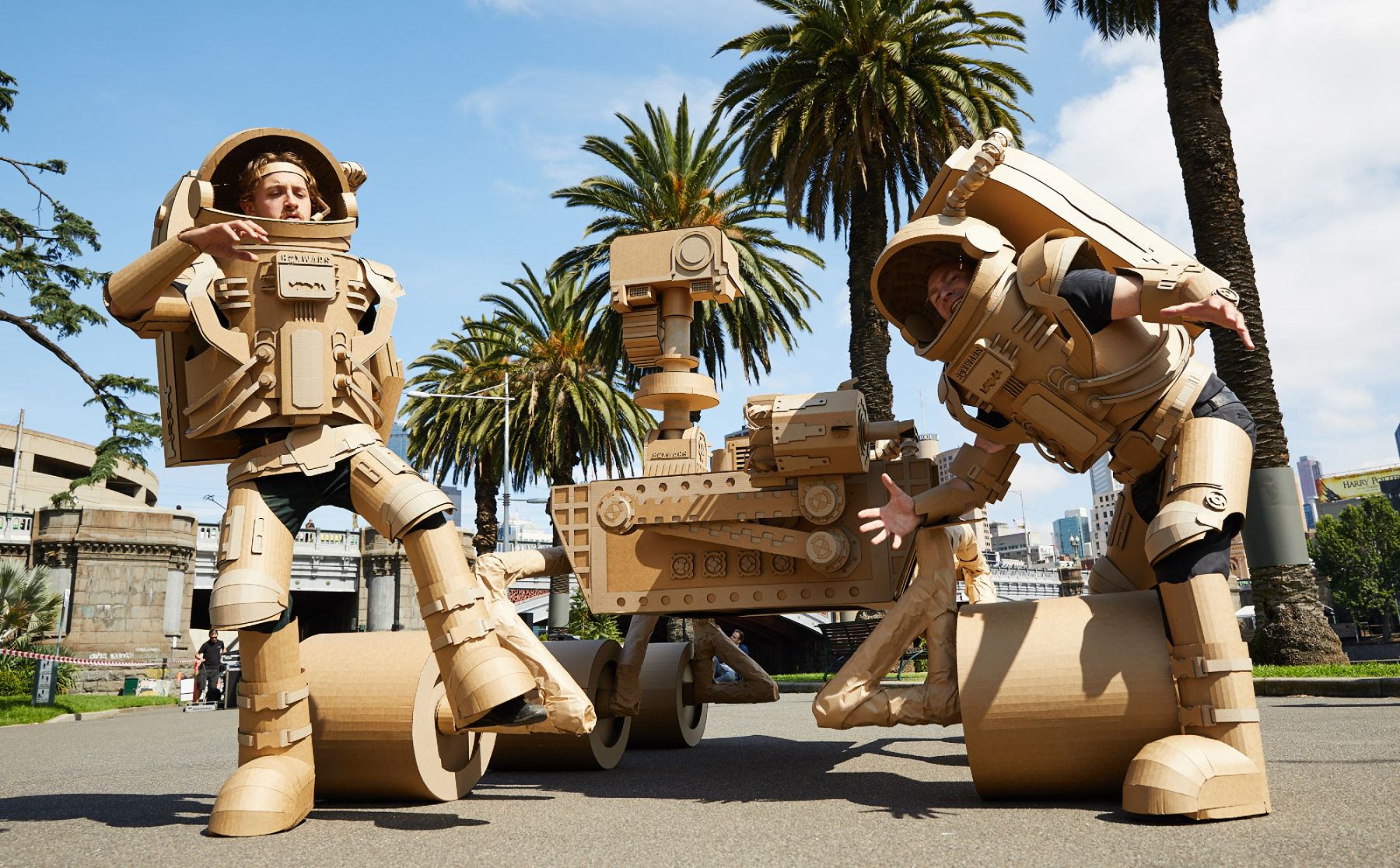"A long time ago in a galaxy far, far away...." reads the introduction to the movie Star Wars. It’s not a true story, but what if people from another planet did visit Earth? What would they have found? Homo sapiens – the species we know as humans – have only been here for the past 200,000 years. Dinosaurs, on the other hand, were the dominant animals on Earth for about 180 million years. That means that, if he came to Earth, Luke Skywalker would have been about 1,000 times more likely to encounter dinosaurs than people.
One of the most striking and exciting features of the natural history exhibition Arabian Journeys at the King Abdulaziz Center for World Culture (Ithra) is a 10 meter – about 33 feet – model of a mosasaur, a vicious reptile predator that owned the oceans millions of years ago during the Cretaceous period.
Mosasaurs breathed air and were powerful swimmers. They gave birth to live young, rather than laying eggs. Thousands of mosasaur fossils have been found, some on every continent. About 40 species of mosasaurs have been identified. Mosasaurs had four limbs which they used like paddles. They had slender bodies and long, powerful tails and they each weighed about as much as two elephants. Their huge jaws, loaded with giant, razor-sharp teeth, were often over 1.2 meters long. Their lower jaws had moveable joints on each side so they could swallow huge prey. What did they eat? Pretty much anything they wanted. Mosasaurs were at the top of the food chain. Generally, they hunted fish, turtles, molluscs (like octopuses) and shellfish.
Arabian Journeys is located in Ithra’s multimedia-infused Rehlaat Gallery which showcases the natural history of the Arabian Peninsula and its relationship with people through time.And at the time the mosasaur lived, the Arabian Peninsula looked very different than it does now! Arabian Journeys is divided into five sections covering more than 1300 square meters. The mosasaur “welcomes” visitors to the section called Island Arabia. Set up like treks, the show takes visitors on their own journeys of discovery that combine high-tech projections and interactive media along with artifacts and models of animals. Island Arabia is joined by Desert Trek, Coastal Voyage, Mountain Crossing and Into the Future. In the central zone of Arabian Journeys is a group of interactive books, known to the Ithra staff as “magic books” – the images change as you flip the page and include sound and movement. They are about different topics such as pearling and the Hejaz railway, a narrow-gauge railway that ran 1,300 kilometers from Damascus to Medina. It also had a branch line to Haifa on the Mediterranean Sea where, if you arrived in your spaceship a long time ago from a galaxy far, far away, you could have met a mosasaur.








